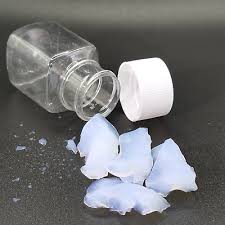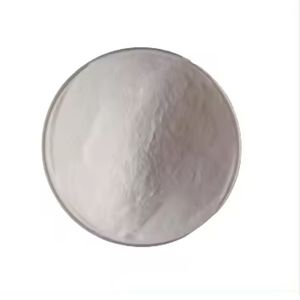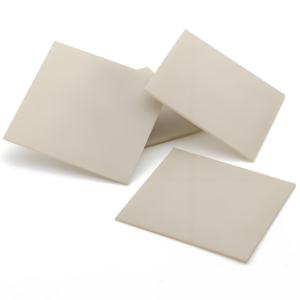Professional industry ceramic supplier, silicon nitride, silicon carbide, aluminum nitride and any other kinds of ceramics.
1. Introduction
In a significant development reported on June 26, 2024, leading materials science firm CoorsTek announced a breakthrough in sintered silicon carbide (SiC) technology, enabling the production of ultra-dense silicon carbide crucibles with enhanced thermal shock resistance and extended service life in aluminum and copper foundries. This innovation underscores the growing demand for high-performance refractory components in energy-intensive industries seeking efficiency and sustainability.
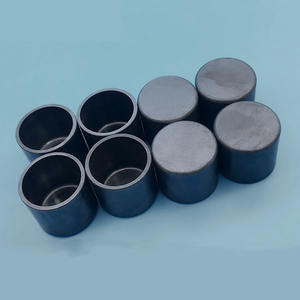
Silicon carbide crucibles represent a cornerstone of modern high-temperature processing. Engineered from one of the hardest known compounds, these crucibles offer exceptional thermal conductivity, chemical inertness, and mechanical strength—making them indispensable in metal casting, laboratory analysis, and advanced ceramics manufacturing.
2. What Is a Silicon Carbide Crucible?
A silicon carbide crucible is a container fabricated primarily from silicon carbide (SiC), a compound of silicon and carbon. Known for its extreme hardness (9.5 on the Mohs scale), high thermal conductivity, and resistance to thermal shock and corrosion, SiC is ideal for containing molten metals and reactive chemicals at temperatures exceeding 1,600°C.
These crucibles are typically manufactured through processes such as reaction bonding (RBSiC), sintering, or hot pressing, each yielding distinct microstructures and performance characteristics suited to specific industrial needs.
3. Key Properties and Advantages
- Exceptional thermal shock resistance due to high thermal conductivity and low thermal expansion
- Superior mechanical strength even at elevated temperatures
- Excellent resistance to oxidation and chemical attack from molten metals like aluminum, zinc, and copper
- Long service life compared to traditional clay-graphite or alumina crucibles
- Energy efficiency through rapid heat transfer, reducing melting times and fuel consumption
4. Comparison with Other Advanced Ceramics
4.1 Boron Carbide vs Silicon Carbide
While both boron carbide (B4C) and silicon carbide are ultra-hard ceramics used in armor and abrasion-resistant applications, silicon carbide offers better thermal conductivity and is more cost-effective for large-scale crucible production. Boron carbide excels in neutron absorption but is less suitable for high-temperature containment due to lower oxidation resistance above 800°C.
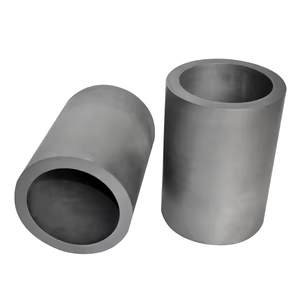
4.2 Silicon Nitride and Alumina Alternatives
Silicon nitride (Si3N4) crucibles—produced by specialized silicon nitride crucible factories—offer excellent fracture toughness and are used in demanding semiconductor and aerospace applications. However, they are generally more expensive than silicon carbide. Similarly, zirconia crucibles and alumina (Al2O3) crucibles provide high purity but lack the thermal conductivity of SiC, making them less efficient for rapid melting operations.
5. Industrial and Commercial Applications
5.1 Metallurgy and Foundry
Silicon carbide crucibles dominate non-ferrous metal melting, especially in aluminum recycling and jewelry casting. Their durability reduces downtime and contamination risks.
5.2 Laboratory and Analytical Use
High-purity silicon carbide crucibles are employed in XRF and ICP sample preparation, where minimal elemental leaching is critical.
5.3 Advanced Ceramic Components
Beyond crucibles, silicon carbide is used in a wide array of products including silicon carbide ceramic tiles for kiln furniture, silicon carbide burner nozzles for efficient combustion, silicon carbide bricks for furnace linings, and rbsic silicon carbide tile blocks for structural support. Silicon carbide ceramic columns and silicon carbide rings serve in filtration and sealing systems.
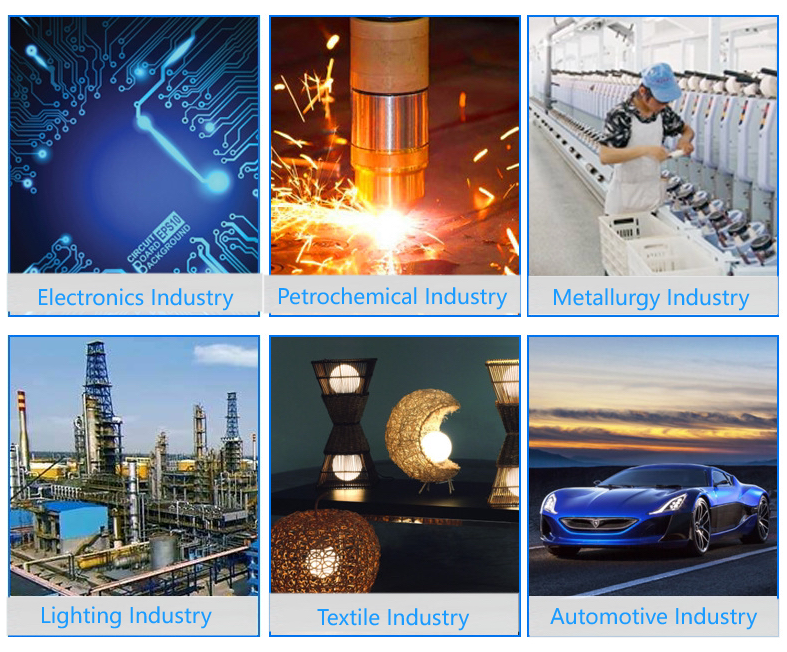
5.4 Emerging Consumer Applications
Interestingly, silicon carbide’s thermal stability has inspired niche culinary products such as silicon carbide ceramic baking dishes, silicon carbide ceramic dinner plates, and silicon carbide ceramic serving bowls. Brands like Staub have explored silicon carbide baking dish staub variants, though these remain specialty items due to cost and manufacturing complexity.
6. Related Silicon Carbide Products
The versatility of silicon carbide extends to numerous engineered forms:
- Silicon carbide tubes and silicon carbide ceramic tubes for furnace insulation and thermocouple protection
- Silicon carbide discs and silicon carbide ceramic grinding discs for precision machining
- Silicon carbide ceramic piping and plumbing components resistant to abrasion and corrosion
- Silicon carbide ceramic ramekins and butter dishes for high-end tableware
These products leverage the same core advantages of SiC: durability, thermal performance, and chemical stability.
7. Manufacturing and Market Trends
The global market for advanced ceramics, including silicon carbide and silicon nitride, continues to expand, driven by electrification, renewable energy, and semiconductor manufacturing. Innovations in RBSiC (reaction-bonded silicon carbide) enable complex geometries like custom silicon nitride heat shields and silicon nitride plates with tight tolerances.
Meanwhile, demand for high purity silicon nitride powder market feedstock supports growth in silicon nitride ceramic components, though silicon carbide remains dominant in cost-sensitive, high-volume applications.
8. Conclusion
Silicon carbide crucibles exemplify the synergy between material science and industrial pragmatism. Their unmatched combination of thermal, mechanical, and chemical properties ensures continued relevance across foundries, laboratories, and emerging high-tech sectors. As manufacturing techniques evolve and sustainability pressures mount, silicon carbide—and its complementary advanced ceramics like silicon nitride and boron carbide—will remain at the forefront of high-temperature engineering solutions.
Our Website founded on October 17, 2012, is a high-tech enterprise committed to the research and development, production, processing, sales and technical services of ceramic relative materials such as Silicon. Our products includes but not limited to Boron Carbide Ceramic Products, Boron Nitride Ceramic Products, Silicon Carbide Ceramic Products, Silicon Nitride Ceramic Products, Zirconium Dioxide Ceramic Products, etc. If you are interested, please feel free to contact us.

